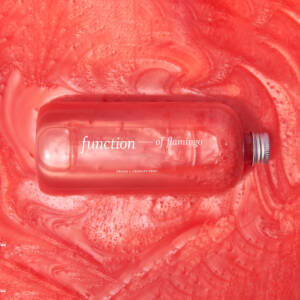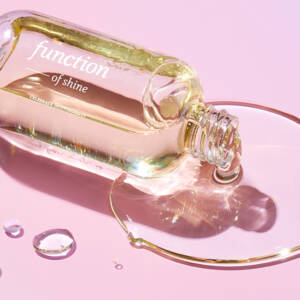Welcome to ‘Ask the Lab,’ a new monthly feature where we get our world-class team of chemists, data scientists, and all-around hair care experts to answer your most pressing hair-related questions right here on The Trim. Desperate to know how to tame your year-round frizz? Curious about certain hair care ingredients? Interested to find out what’s causing your itchy scalp? Let us know by DMing us on Instagram at @functionofbeauty and if selected, we’ll pass your question along to our team of hair nerds so that you can get all of the reliable hair care advice you need and none of the BS you don’t.

Just like our skin, our scalps can over or underproduce sebum (natural oil made by the body), causing either an oily or dry scalp, respectively. Even though sebum is essential to keeping your hair soft and shiny, overproduction leads to oil buildup, which can cause an array of different issues. These issues include flakes of dry skin, itching or burning, red and greasy patches, and hair loss or thinning.
In addition to the overproduction of sebum, excessive use of styling products and heavy conditioners can also contribute to buildup on the scalp.
A simple way to prevent oily buildup is to ensure that you are cleansing your scalp well enough to remove the excess sebum. This may include adjusting how often and how thoroughly you shampoo, double cleansing (i.e. shampooing twice), and choosing a shampoo targeted for an oily scalp and hair. If these options are not effective enough, you may want to consider a clarifying shampoo. However, when using a clarifying shampoo, we recommend using it no more than once a week as it can end up drying out your hair and scalp.
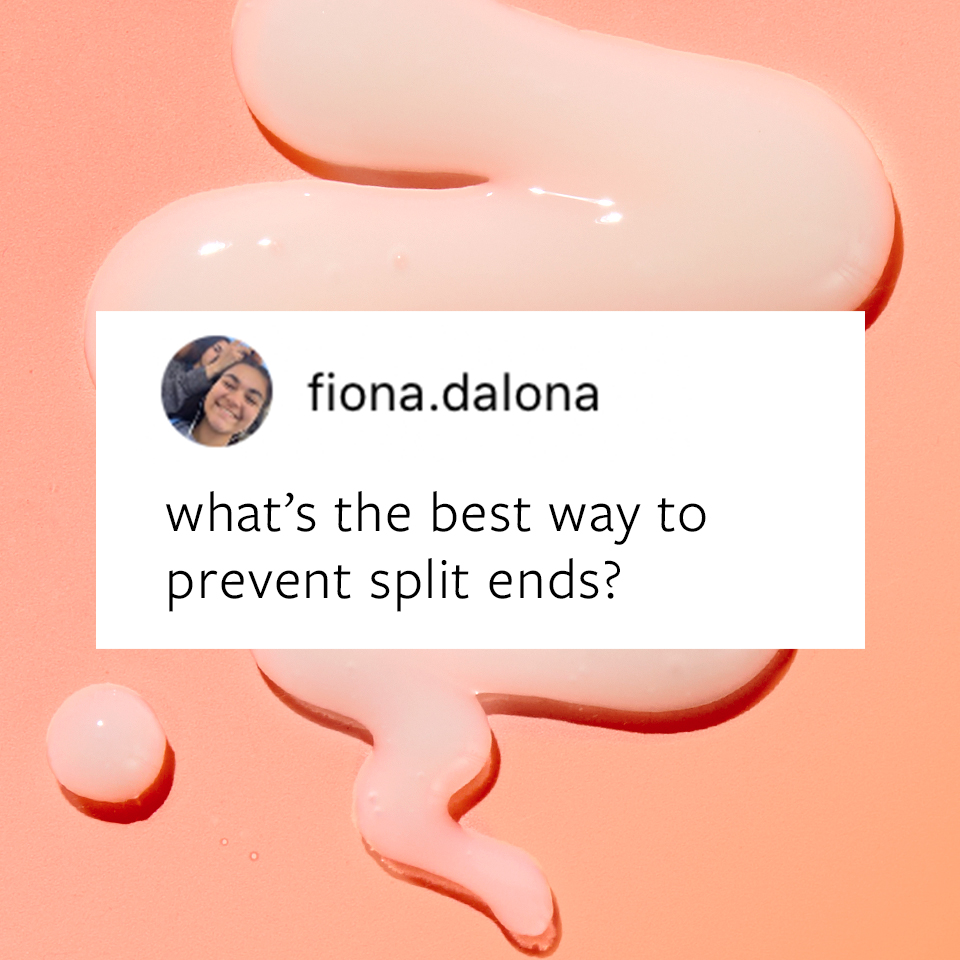
Split ends occur when the hair shaft splits from being an individual strand to multiple. This typically occurs at the tip or ends of the hair but can occasionally happen along the length of the hair strand. Split ends are one indication of the hair being damaged or unhealthy.
There are a variety of causes for split ends, including chemical treatments (bleaching, perming, coloring, and straightening), mechanical damage (excessive brushing and combing) and environmental exposures. As these instances are repeated, the cuticle (the protective outer layer of the hair) starts to become more and more lifted, causing the hair to looks rough and frizzy. This can continue to the point where the cuticle is completely removed, and thus, exposes the cortex (the main component of the hair where keratin is stored along with melanin for color). Without this protective layer, moisture is no longer able to stay in the hair, causing it to dry out and become more susceptible to further damage.
Some ways to help protect the hair from common sources of damage are:
- Thermal/Heat Damage
- Reduce temperature – when temperatures on heat styling devices are too high it causes the water in the hair to evaporate, making it dry.
- Try to air dry more often (if possible).
- Apply products that provide thermal protection (like our customizable leave-in treatment).
- Mechanical Damage
- When hair is wet, apply a hair serum to help reduce friction while combing.
- Try to avoid brushing your hair while it’s dry.
- Wrap hair in a soft microfiber towel to absorb water as opposed to rubbing with a towel, which can cause friction and damage.
- Switch to a wide-tooth comb.
- If styling hair into a ponytail or bun, do not pull hair back tightly. Also, try using covered elastic hair ties or bands.
- Chemical Damage
- Limit exposure to harsh chemicals (such as ammonia).
- Try not to use permanent hair dyes. Semi or demi-permanent dyes are recommended, due to the absence of ammonia.
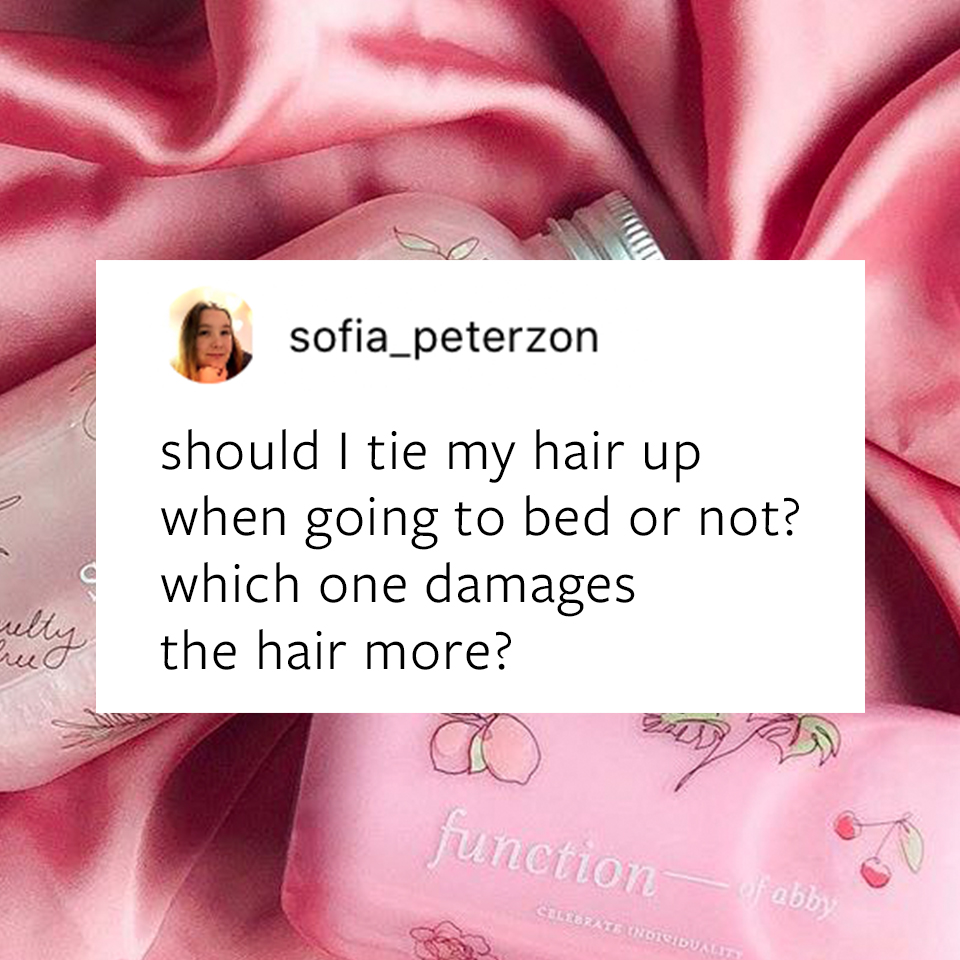
There are pros and cons to both options. A simple rule to follow is to leave your hair down if it is short and to tie it up loosely if it is long. If you do tie your hair up, it is strongly recommended that you not tie it back too tightly as that will cause added stress to the hair and trigger extra hair loss and damage.
Some additional recommendations on how to protect your hair overnight are:
- Do not go to sleep with wet hair.
- Apply a hair oil or serum to allow for extra protection and to help nourish your hair overnight.
- Massage your scalp to help promote blood circulation.
- Use a satin or silk pillowcase as these cause less friction than standard cotton pillowcases.
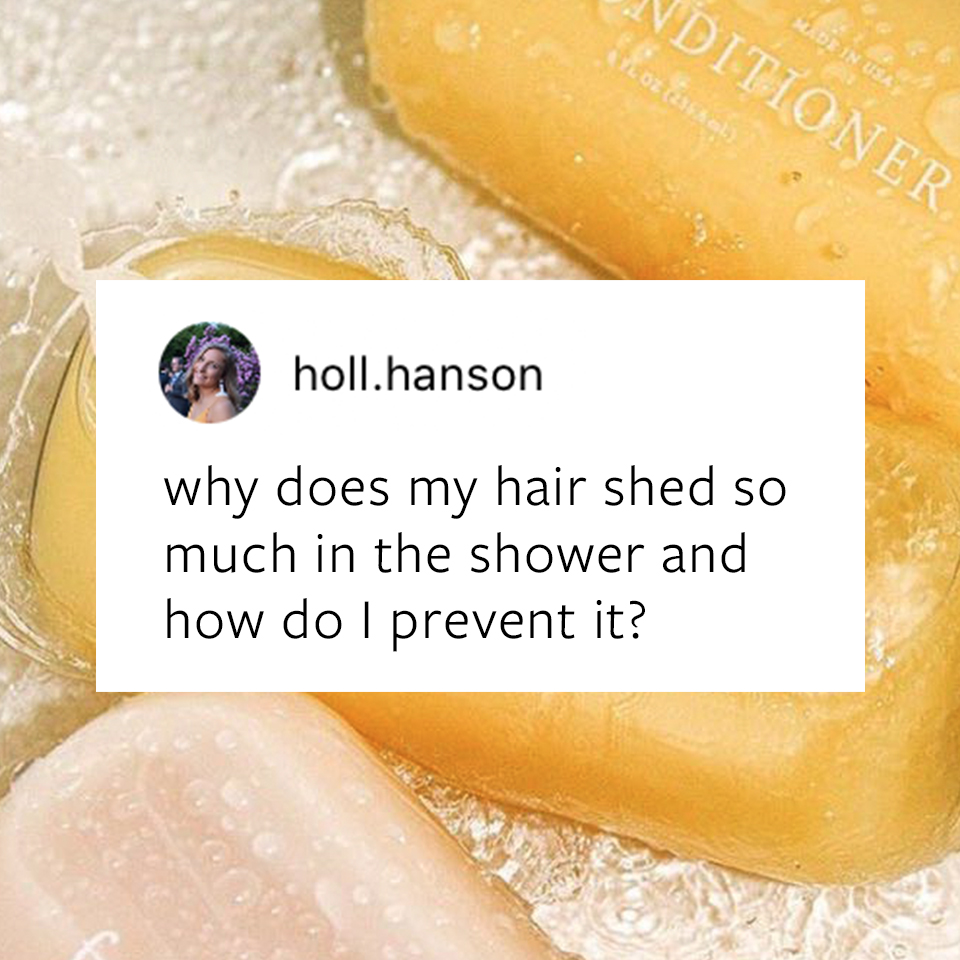
Hair goes through a particular growth cycle. This cycle is broken down into three stages called: anagen, catagen, and telogen (stay with us now).
During the anagen phase, hair grows at a rate of about half an inch per month and this typically lasts for about 3-5 years. Once this phase ends, it enters the catagen phase, which is a transition phase that signals the end of the active growth of hair. The catagen phase lasts for about 2-3 weeks and then goes into the telogen phase where the hair strand is released and falls out. The hair follicle remains inactive for 3 months before starting again with the anagen phase.
Due to the hair going through these phases, it is typical to lose anywhere between 50-100 hair strands per day (yes, really). Irregular hair loss and hair thinning can be affected by a few different causes such as metabolic imbalances, illness, or improper nutrition. An example of this would be if you went through restrictive dieting or had a high fever, in which case you could experience “telogen effluvium” (that’s sudden diffuse hair fall), about six weeks later. This happens because the anagen phase is stopped early and a large quantity of hairs enter the telogen phase at the same time. This type of hair loss does not require any treatment and typical hair growth should go back to normal within a few months. If your hair does not return to its normal state after 6-9 months, it’s strongly recommended that you see your physician for an evaluation to see if there is another more serious cause.
Other causes of sudden hair loss are:
- Losing or gaining weight
- Giving birth
- Experiencing intense emotional or physical stress
- High fever
- Undergone an operation
- Recovering from an illness
- Changing birth control type
- Protein deficiency (hair is composed of protein)
- Certain medications



